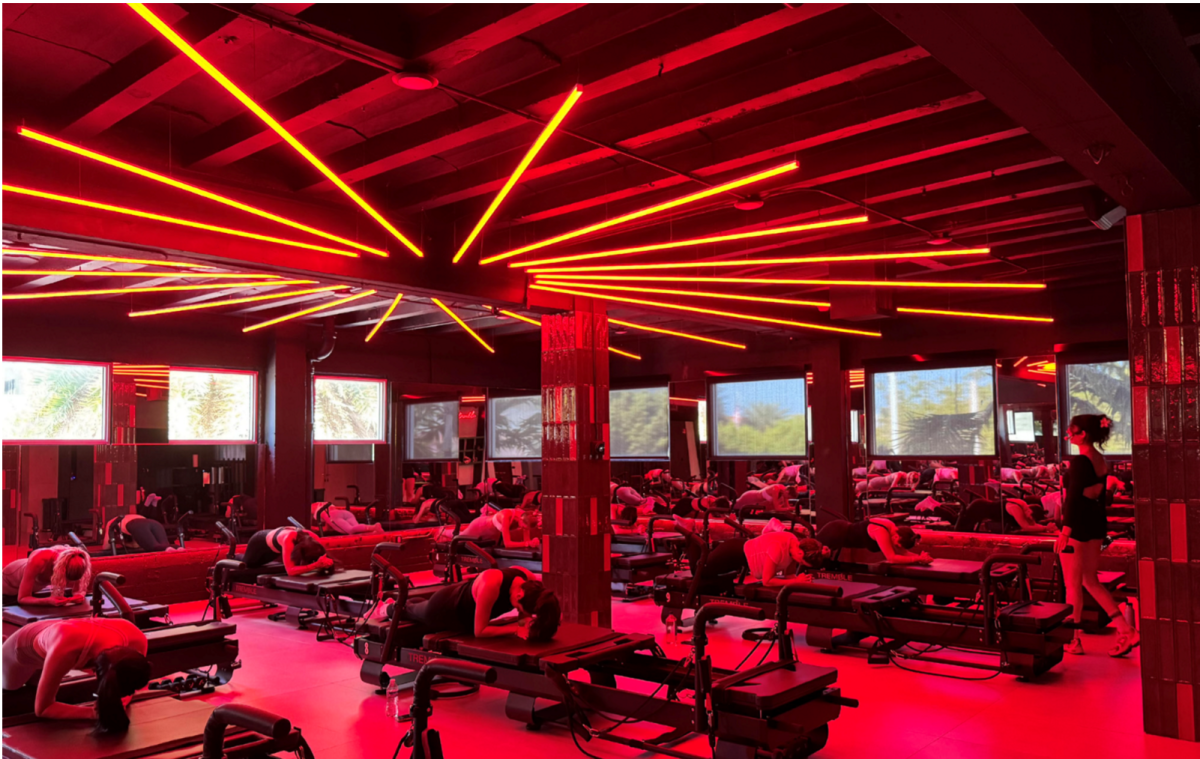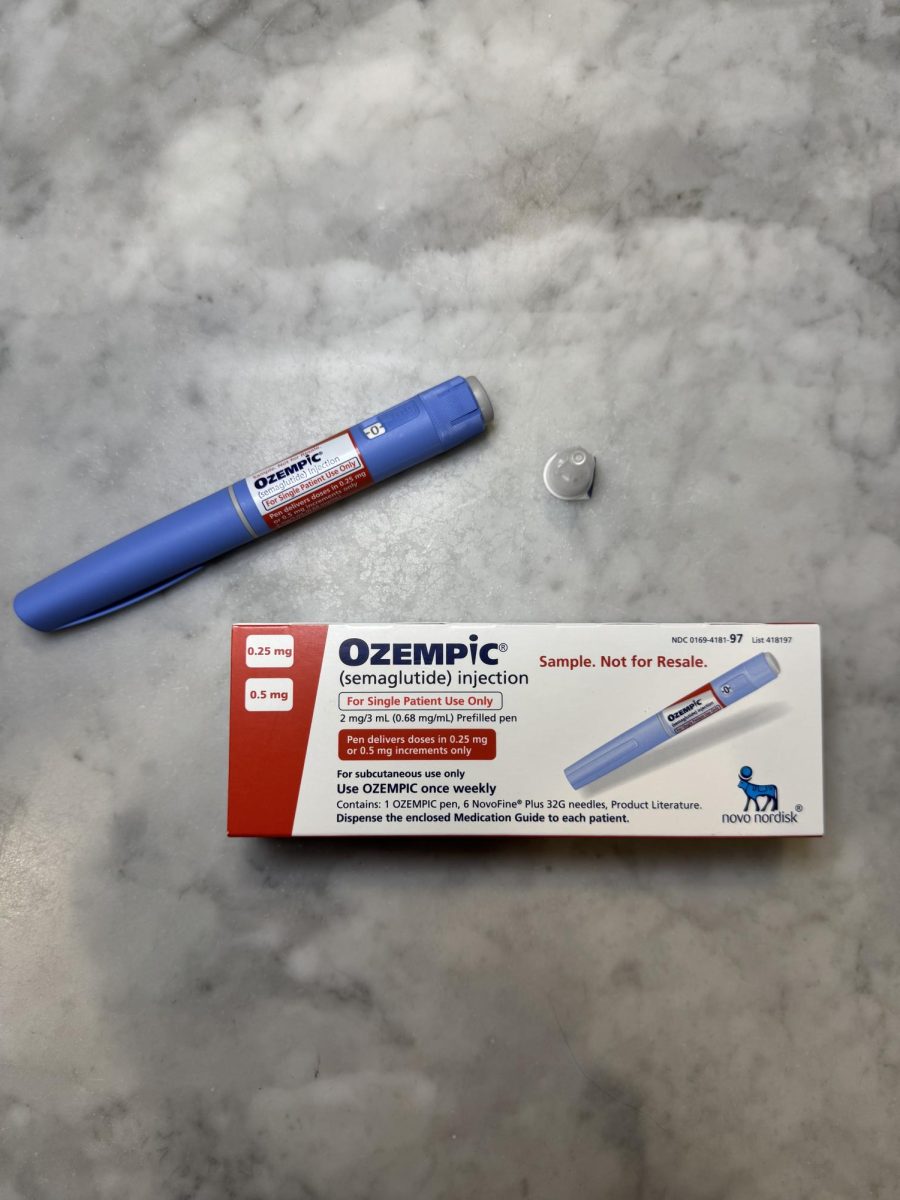As the moon peeked out on a Friday night in 2018, the bright lights of Sunset Place in South Miami shone with possibility. The crisp $20 bill my dad gave me served as the golden ticket to a middle school adventure. From purchasing sunglasses in Forever 21 to buying a refillable popcorn and a movie ticket, it felt like my $20 would never run out. Six years later, Sunset Place is deserted (see Vlad Ponomarenko’s story), and now, as I venture into Coconut Grove chasing that same thrill, the possibility of that $20 lasting even 20 minutes fades instantly. Andrew Jackson will need to have more company in my wallet. A lot more.
As the oldest neighborhood in Miami, the Grove has gone through many evolutions in the 200 years since its inception. From its Bahamian roots to the more recent snowbird infestation, the Grove’s identity has changed many times, and no one adjective can ever fully define it. Even so, one does come to mind for the current era of Grove history: expensive.
It wasn’t always this way. Though its vibrant culture and towering trees attract newcomers every day, the Grove has a complicated history. For RE students in the ’80s, a casual stroll off campus could lead to more than just restaurants and shops. As the drug war reached new heights with Miami as the epicenter, the Grove’s groovy community took a hit.
“Ransom [students] have become a lot more independent, with the ability to go into the Grove and come back,” said Mr. Robert DePriest ’86, an alum who now serves as RE’s Director of Security. “Really the closest place that we could go get something to eat for lunch, as a senior, was the Burger King over on 27th Ave.”
“In the mid-’80s, the road [Main Highway] was a pretty dangerous place,” he continued. “I like to tell a story about when my car was stolen from Saint Hugh’s Church. I remember we had a couple of students get robbed in their cars. Driving through the Grove, somebody would snatch your necklace off right there at a red light—something like that.”
It wasn’t until the 1990s and early 2000s that Coconut Grove started to take a turn toward the affluent vibe it now has, accelerated in part by the opening of CocoWalk in 1990. Grove real estate boomed, and the cost of both living and doing business became increasingly unmanageable for many longtime Grovites.
“It kind of sucks,” said Laila Garcia, the manager of Celestial Treasures, a store on Main Highway that sells metaphysical supplies. “What the Grove was known for was like the hippie vibe, and the people that are moving here are kind of just taking it away.”
Garcia, a longtime Grove resident, represents the last generation to have experienced the neighborhood’s hippie era. “It’s kind of sad because even the full moon circle parties that they used to have, they used to be all like love and light,” Garcia said.
Today, only remnants of the Grove’s former charm remain, isolated in scattered pockets throughout the area. The This ‘n That Shop on Commodore, the King Mango Strut Parade, the Coconut Grove Farmers Market —all are relics of the past.
But despite the Grove’s evolving real estate and commercial landscape, affordable culture can be found if you’re willing to look for it. To find out how much it would cost to discover, I recruited my friend on a mission to find out what $20 would get us in 2024.
Isa Polak, a senior at Coral Reef High School and Miami native, used to be “repulsed” by the high prices in the Grove. “It scares me. Every time I go to the Grove, I end up with so little money in my wallet, it makes me want to cry, and I always end up having to call my dad and be like, ‘Hey I need like 10 more bucks,’” she said.
The experiment was successful—barely. We started with a free cup of water and a sriracha packet from Starbucks (Stop 1), before moving on to Stop 2: Two tacos and sour cream from El Taquito ($9). From there, we got a free piece of chocolate from La Louviere (Stop 3), and then a kids’ ice cream scoop at Salt and Straw (Stop 4 – $5.50).
After lunch, it was time for some entertainment, an₫ we enjoyed free music—concert-adjacent, if you’d like—on the corner between McFarland Road and Grand Ave (Stop 5). With $5.50 left in our budget, we opted to supplement our “mouse-sized portions” at El Taquito, as Polak put it, with hummus and pita bread from Sweetgreen (Stop 6 – $4.23), for a grand total of $18.73. Between stops, we spent our time doing the freest activity of all: people-watching.
“You can get a lot of munchies for like, very little money,” Polak reflected. “But it’s still too expensive.”






